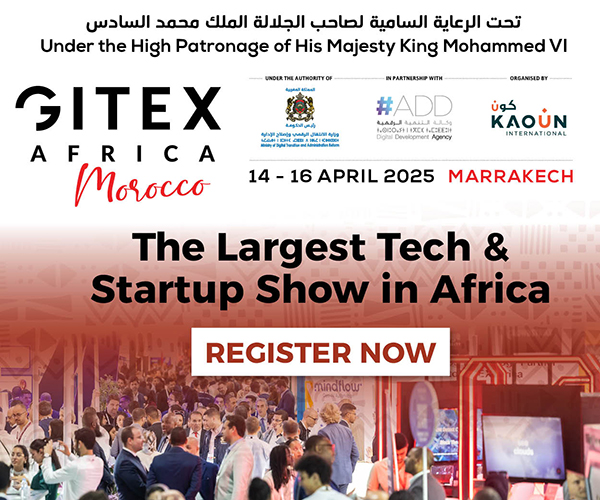The team at Skims isn’t waiting for trend reports to arrive. They’re moving faster than that, spotlighting diverse talent in the right way at the right time. They’re attuned to the cultural calendar – they know what’s coming up in film, music, TV; they know what people will be talking about on socials. Crucially, they’re on top of the micromoments – the pockets of activity that capture a certain mindset or mood before it takes over.
Good Girl Snacks is another example. Tapping into the hype on Tiktok around hot girl energy and 'girl dinner', the brand’s ‘Hot Girl Pickles’ rapidly caught Gen Z’s attention. It playful doodles and clean, structured font beautifully toe the line between carefree and curated, nostalgic and modern – an aesthetic that constantly has Gen Z coming back.
Of course, not every brand is looking to cater to Gen Z. That’s not the point. The point is, people want brands that speak to them – and by looking at what’s resonating in culture more widely, you can identify creative ways to make that connection.
Identifying what’s resonating
Back when Mad Men and Boardwalk Empire were all over our TV screens, there was a nostalgic sense of whisky-soaked glamour in the air. We all wanted to mimic the easy charm of Don Draper. As such, a younger audience was being introduced to the world of whisky. So we pitched Haig Club to Diageo: a whisky for this new generation, designed to look more like a fragrance than a whisky and borrowing codes from fashion to inspire the wider art direction. It was bold and unexpected, a new take on whisky that made it stand out from what your parents were drinking.
Other brands look to customer behaviours to drive that connection. When working on an innovation brief with Lucky Charms, we spotted people’s obsession with ‘marbits’, the marshmallow shapes in the cereal. Some were posting videos which showed them picking out the marbits to enjoy a marbit-only bowl. So we thought, why not design a marbit limited edition? The response was crazy, revealing a kind of fandom typically reserved for big brand fashion and streetwear drops.
It’s something Heinz has been doing to drive its foray into cooking sauces. Spotting how recipes for tomato vodka pasta were becoming popular on socials, it launched a collaboration with Absolut. The collab quickly sold out and turbocharged Heinz's sales by over 50%. It’s the perfect example of choosing the right partner at the right time, and demonstrated to its audience that Heinz knows what they want and is able to deliver it.
Creating cultural moments
It doesn’t always have to be as big as inspiring a new product or brand though. Many brands are winning by creating cultural moments that get people talking. Beverage brand Poppi’s recent ‘Poppi-Mart’ was a standout event. Featuring exclusive merch, a Paris Hilton DJ set and futuristic set design that made for iconic photo moments, it drove attendees to create content around the experience - all of which amplified the brand’s vision for “the future of soda”. Events like this have played a large role in Poppi’s soaring popularity across the US – it’s now the 11th fastest growing beverage brand, beating out the likes of Monster Energy, Gatorade, Liquid Death, Vitaminwater, and others.
Ultimately, to be culturally relevant is to be talked about, and whether that’s IRL or online it’s increasingly essential for brands to achieve that. Brand teams need people with cultural awareness, who are able to use this intel to develop creative solutions that connect the brand to a micromoment.
This is because if they’re successful, it can be transformative. Looking for these micromoments puts brands directly into cultures orbit – allowing them to roll out campaigns that cut through the noise, win them loyal fans, and drive overall success.
Steve Pearce is the Managing Director at global brand design agency LOVE.











